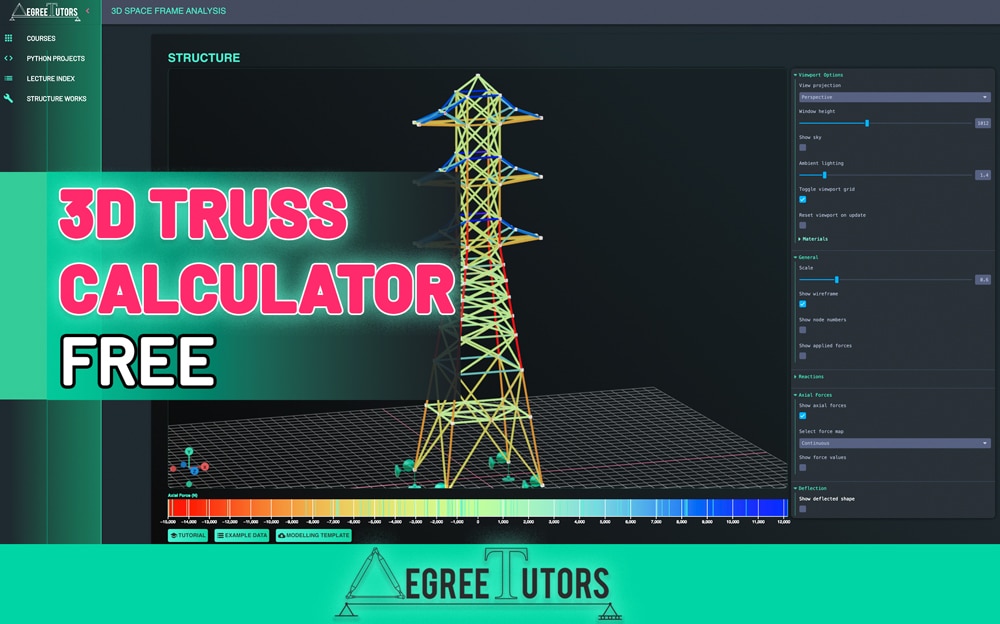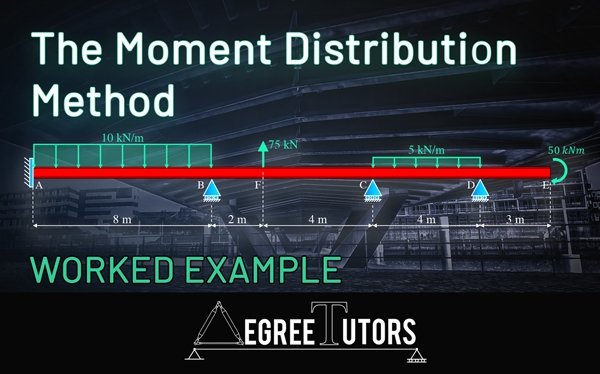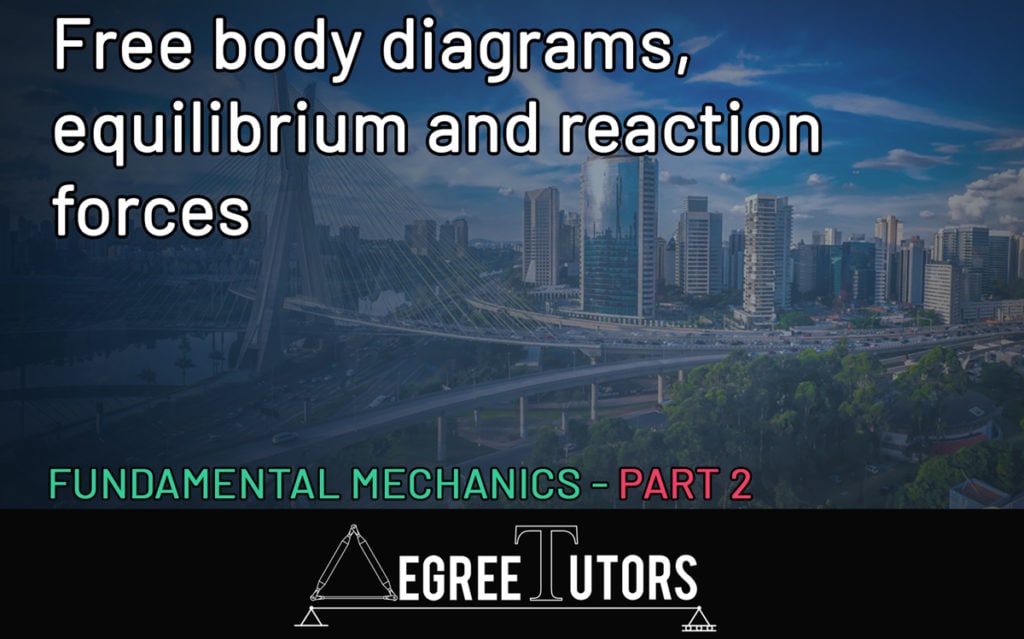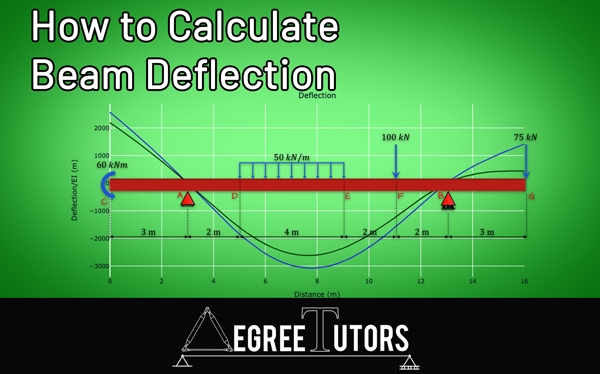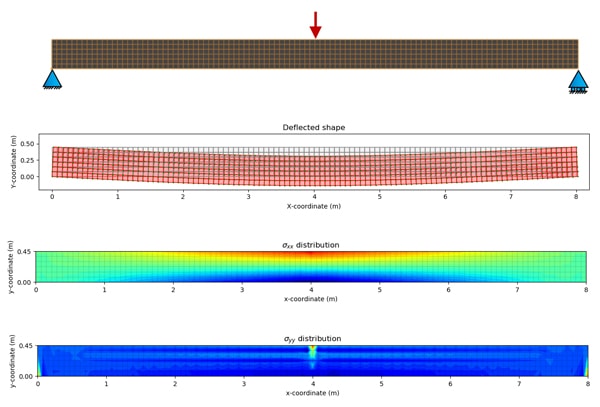3D Truss Calculator – Quick Start Guide
Welcome to this quick start guide on how to use the 3D truss analysis toolbox. In this tutorial, we’ll work through the solution of a sample 3D space frame (pin-jointed) structure. We’ll determine reaction forces, axial forces and nodal displacements. By the end of this tutorial, you’ll be comfortable using the toolbox to analyse your own structures. In the video accompanying this tutorial, we’ll also use the Blender modelling template file provided to model and analyse a structure from scratch. Like the 2D toolbox, students in particular, should find it helpful as a quick and easy tool for generating structural response data.
